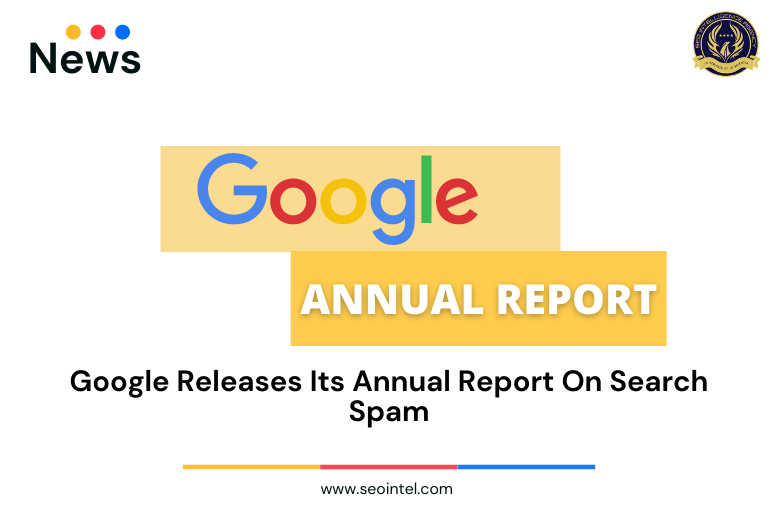
Google’s annual report discusses the company’s accomplishments in combating spam and preventing people from visiting hazardous websites.
Google states that detecting these sites has resulted in a 70% drop in hacked spam and a 75% reduction in nonsensical spam on hosted platforms.
Google was able to keep 99 percent of queries spam-free by identifying sites with disruptive or malicious activity.
According to Google’s yearly report on search spam, SpamBrain, a machine learning-based spam detection engine, took action on six times as many spam sites in 2021 as it did in 2020.
This AI platform has become increasingly effective at detecting and eliminating spam as a result of machine learning, while also adapting to address new spam kinds and prevent misuse.
This includes the capacity to spot websites that have been hacked or otherwise infiltrated in order to install malicious recording software on users’ computers.
Another area where there has been progress is in spotting nonsensical spam sites that contain useless content stuffed with keywords. These are used by black hat SEO specialists in an attempt to enhance page rankings, with some even spending money on spam links to mislead search engines into raising PageRank quality scores.
With the purpose of improving search quality and ensuring user safety, Google claims to have achieved significant progress in eliminating link spam, fraud, and online abuse.
A mid-year link spam update improved the search engine’s link evaluation, increasing its ability to spot bogus links across many languages and removing them from search results.
Consumers lost more than $5.8 billion last year due to fraud, up 70% from 2020. Google’s user safety program has been expanded to combat this. It was able to give a 40% reduction in scammy search results by building on work done the prior year.
It also modified its approach to online abuse and the way results are handled for searches that are vulnerable to unscrupulous actors as part of its commitment to user safety. Sites that use “pay to erase” content are included in this category.
Google has made steps to limit ranking manipulation after becoming aware of the unethical techniques used by some sites to circumvent its quality requirements. This includes changes to how product reviews are handled as well as the ability for consumers to report deceptive tactics.
Google also indicated that they made two important changes to how it assesses product evaluations in 2021; The Google Product Review Update is Now Available in Search Results and update on Google’s Product Review in December 2021
These changes, according to Google, were successful in lowering low-quality reviews while promoting those with superior content and author skill.